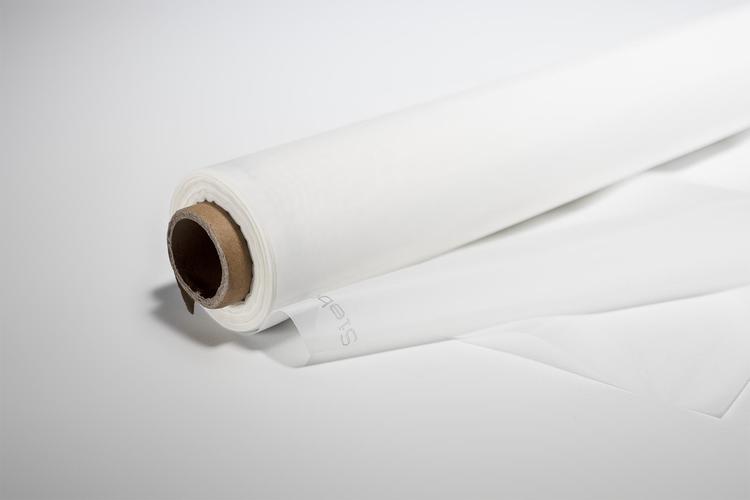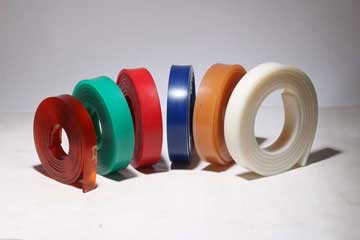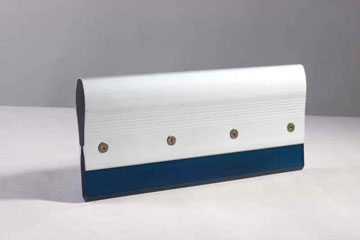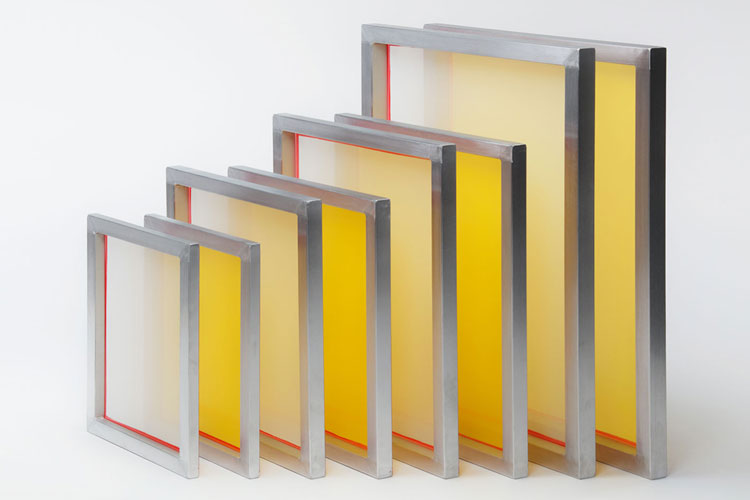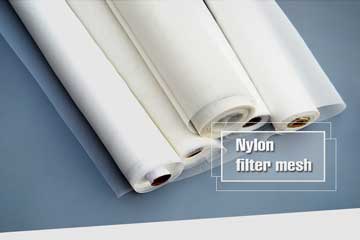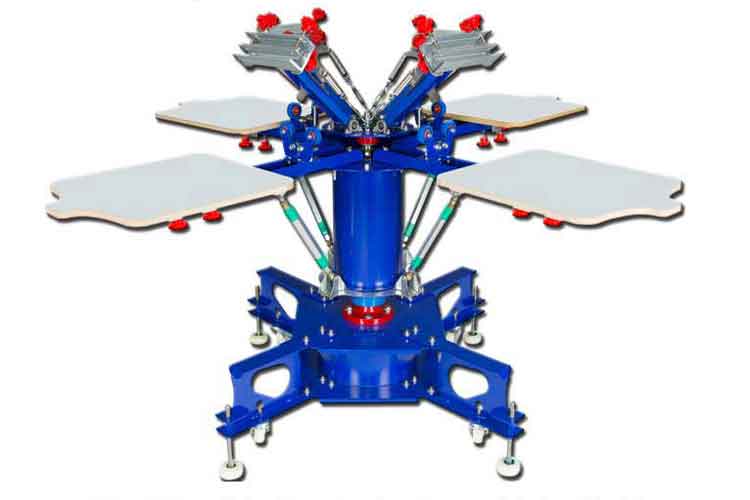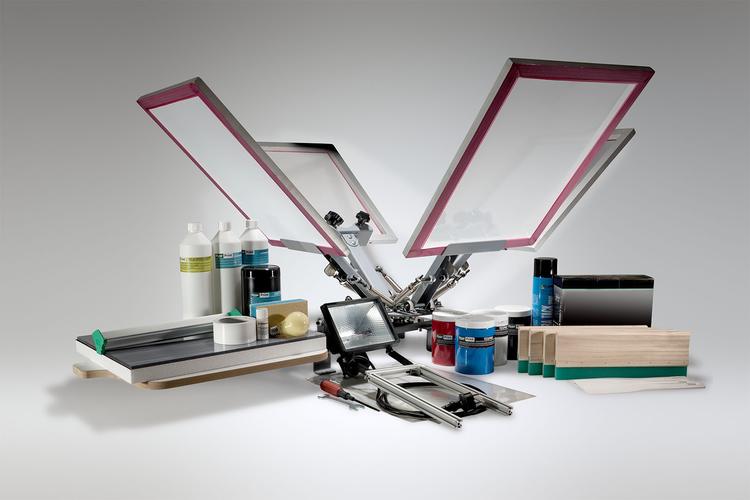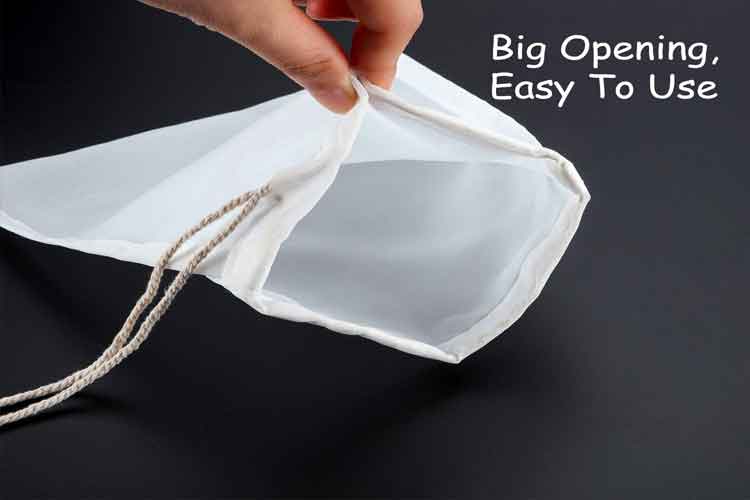Screen printing machine features
1 Wide adaptability: The screen printing format can be large or small, basically unlimited product material, plane surface can be printed; 2 thick ink: in all printing processes, the screen printing ink layer is the thickest, high saturation
1 Wide adaptability: The screen printing format can be large or small, basically unlimited product material, plane surface can be printed; 2 thick ink: in all printing processes, the screen printing ink layer is the thickest, high saturation, spot color The printing effect is better; 3 The cost is low: Screen printing is easy to make, the printing process is simple, the printing cost is low; 4 the quality of the printed matter is stable, and the product is not damaged; 5 The production efficiency is high: the screen printing speed is fast, especially fully automatic Screen printing machine greatly saves labor costs and provides production efficiency; 6 sets of printing with high precision: precise color registration at 0.03mm, multicolor can be overprinted. ;
2 screen printing process;
1. Screen printing
(1) screen selection;
1 Nylon wire mesh: Nylon wire mesh has high strength, high abrasion resistance, high alkali resistance, slightly poor acid resistance, good ink permeability, small wire diameter, good elasticity, and vivid marking;
2 Polyester Mesh: Polyester Mesh has good stability, high strength, corrosion resistance, better performance than nylon mesh, high stretch tension, suitable for high-precision printing;
3 Stainless steel wire mesh: stainless steel wire mesh has high strength, good stability, small wire diameter, high mesh, good resistance, long service life, poor elasticity, easy to break by impact, suitable for precision printing, not suitable for curved surface printing;
4 Nickel-plated polyester mesh: Nickel-plated polyester mesh combines the strengths of polyester mesh and stainless steel mesh. It has wide applicability, moderate price, and poor corrosion resistance. The number of screen meshes is 40, 80, 100, 120, 200, 300, 400, etc. In general, the number of meshes is large, and the meshes are straight. Filament dense mesh with high resolution; thick coarse mesh with low resolution. When printing curved surfaces, use a large flexible screen, such as nylon mesh; when printing large absorbable substrates, use screens with large mesh areas; when printing smooth surfaces, use high elasticity, high tension screens; printing rough surfaces When using low-mesh screens, low-elongation, high-tension screens are used for high-precision prints, and screens below 200 mesh are used for printing signs, textiles, and knitwear; printing paper, metal, and glass. When using leather, plastic, or more than 200 mesh screens.
(2) stretch net screen frame net frame wooden frame, metal frame, plastic frame, combo box and so on. When the net is stretched, the net frame is first cleaned, and the net can be manually, mechanically or pneumatically applied, and the nets can be bonded and trimmed after stretching. Stretch net requires proper screen tension, uniform and stable, uniform wire, avoid oblique pull, and the warp and weft yarns are parallel to each other. ;
(3) Plate Making
1 Direct method: Screen cleaning → Photosensitive adhesive → Printing → Developing → Retouching. This method of glue coating takes time, the film thickness can be adjusted, the combination is firm, and it is resistant to printing.
2 indirect method: photosensitive film → printing → development → film → film base → repair. This method is complicated to operate, the lines are smooth, the film is not strong, the resistance to printing is low, and the film thickness does not change. 3 mixing method: screen cleaning → foil → printing → development → revision. This method is easy to operate, has a fixed thickness, a smoother line, and is more rigid.
2 screen printing process;
1. Screen printing
(1) screen selection;
1 Nylon wire mesh: Nylon wire mesh has high strength, high abrasion resistance, high alkali resistance, slightly poor acid resistance, good ink permeability, small wire diameter, good elasticity, and vivid marking;
2 Polyester Mesh: Polyester Mesh has good stability, high strength, corrosion resistance, better performance than nylon mesh, high stretch tension, suitable for high-precision printing;
3 Stainless steel wire mesh: stainless steel wire mesh has high strength, good stability, small wire diameter, high mesh, good resistance, long service life, poor elasticity, easy to break by impact, suitable for precision printing, not suitable for curved surface printing;
4 Nickel-plated polyester mesh: Nickel-plated polyester mesh combines the strengths of polyester mesh and stainless steel mesh. It has wide applicability, moderate price, and poor corrosion resistance. The number of screen meshes is 40, 80, 100, 120, 200, 300, 400, etc. In general, the number of meshes is large, and the meshes are straight. Filament dense mesh with high resolution; thick coarse mesh with low resolution. When printing curved surfaces, use a large flexible screen, such as nylon mesh; when printing large absorbable substrates, use screens with large mesh areas; when printing smooth surfaces, use high elasticity, high tension screens; printing rough surfaces When using low-mesh screens, low-elongation, high-tension screens are used for high-precision prints, and screens below 200 mesh are used for printing signs, textiles, and knitwear; printing paper, metal, and glass. When using leather, plastic, or more than 200 mesh screens.
(2) stretch net screen frame net frame wooden frame, metal frame, plastic frame, combo box and so on. When the net is stretched, the net frame is first cleaned, and the net can be manually, mechanically or pneumatically applied, and the nets can be bonded and trimmed after stretching. Stretch net requires proper screen tension, uniform and stable, uniform wire, avoid oblique pull, and the warp and weft yarns are parallel to each other. ;
(3) Plate Making
1 Direct method: Screen cleaning → Photosensitive adhesive → Printing → Developing → Retouching. This method of glue coating takes time, the film thickness can be adjusted, the combination is firm, and it is resistant to printing.
2 indirect method: photosensitive film → printing → development → film → film base → repair. This method is complicated to operate, the lines are smooth, the film is not strong, the resistance to printing is low, and the film thickness does not change. 3 mixing method: screen cleaning → foil → printing → development → revision. This method is easy to operate, has a fixed thickness, a smoother line, and is more rigid.
Tags:
